If you want long-lasting, colorful blooms in your garden, add these Flowers That Look Like Zinnias to your collection!
Loved for their solitary long-stemmed flowers, these blooms come in a variety of bright colors. The Zinnia lookalikes in this article are equally beautiful and easy to care for.
Flowers That Look Like Zinnias
1. Coreopsis
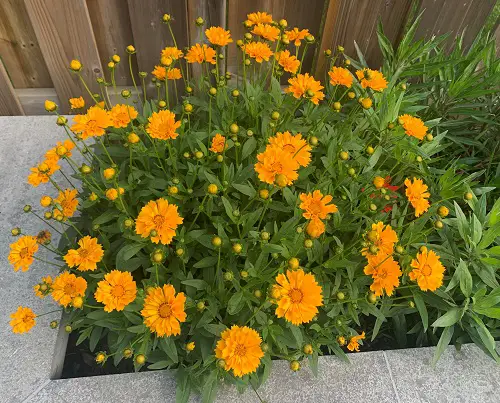
Botanical Name: Coreopsis spp.
With single or double-disk-like blooms in shades of yellow, orange, and red, coreopsis blooms look similar to zinnias. These long-lasting flowers with airy foliage thrive in full sun with six to eight hours of sunlight. One key difference between the two is that coreopsis is a drought-resistant plant.
2. Cosmos

Botanical Name: Cosmos bipinnatus
Growing on tall, slender stems, the cosmos has a similar appearance to zinnias, but unlike them, its flowers are in the shape of a disk with single-layer petals. Both of these flowers are commonly used for hedges or border plants around gardens, and both attract butterflies and bees. Here’s why everyone should grow a cosmos!
3. Dahlia

Botanical Name: Dahlia spp.
Dahlias look like zinnias due to their bold, showy flower shape and long stems. These tuberous perennials thrive in well-drained soil and full sun. However, they are not entirely safe, as dahlias are toxic to livestock if ingested.
4. Marguerite Daisy
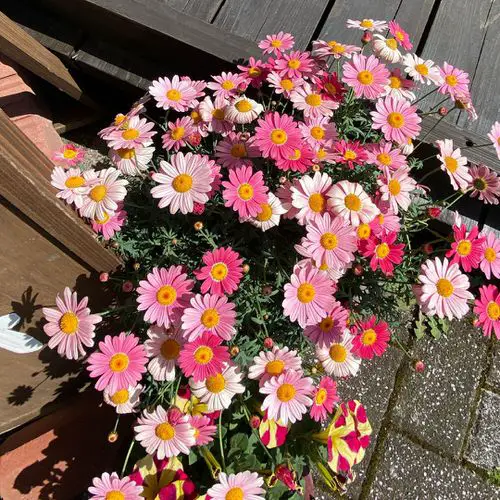
Botanical Name: Argyranthemum frutescens
Marguerite daisies have lovely pink, white, and yellow flowers that look like zinnias. They should be grown in moist soil but not too soggy. Their fine, feathery foliage complements the blooms beautifully.
5. Aster
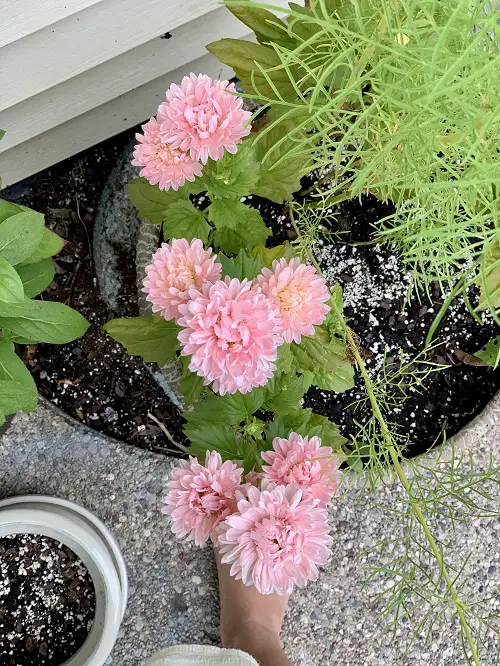
Botanical Name: Aster
These perennials are loved for their late-season blooming time and nectar-rich flowers, which attract butterflies and bees to the garden. Aster flowers confuse many as they look like zinnias in shape and even come in almost the same colors, such as pink, purple, and white.
6. Chrysanthemum
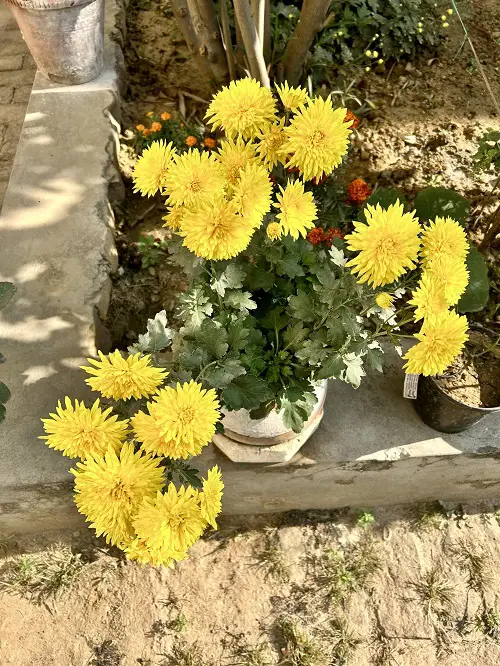
Botanical Name: Chrysanthemum spp.
The layered petals and rounded flower heads of chrysanthemums will remind you of double zinnia flowers a bit as well. If you want to choose one for cut flowers, mums are perfect because of their longevity. You can easily tell mums apart as they have several disc florets rather than just one. Here’s how to grow them in pots!
7. Gerbera Daisy
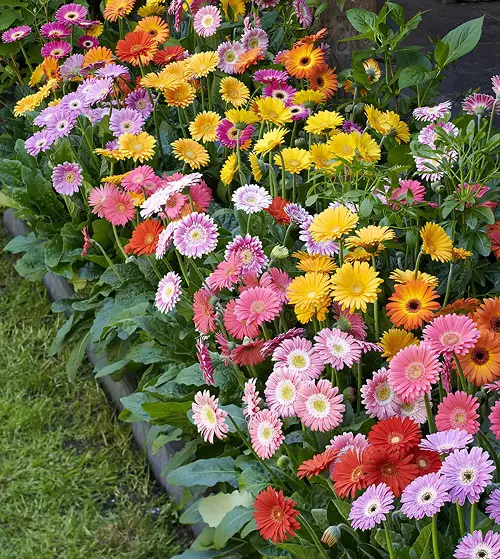
Botanical Name: Gerbera jamesonii
Gerbera daisies, like zinnias, have large, colorful flowers and prominent central disks. These tender perennials are often grown as annuals in cooler climates and are loved for their long-lasting blooms. They thrive in well-drained soil with good organic matter content.
8. Double Anemones

Botanical Name: Anemone coronaria
The double-layered petals and bold color not only justify their name but also their similarity to zinnias. This bulbous plant produces large flowers in spring atop slender stems. Although double anemones need well-drained soil, they grow best if kept moist.
9. Marigolds
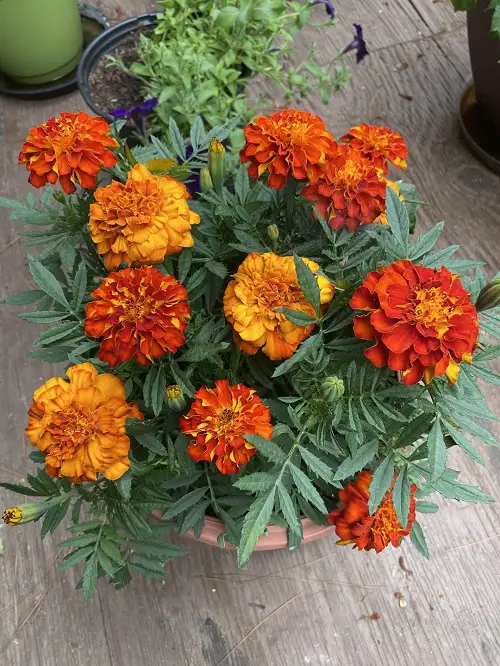
Botanical Name: Tagetes spp.
Marigolds resemble zinnias with their daisy-like flowers and bushy growth habit, and can grow in full sun to part shade. These easy-to-grow flowers are known for their pest-repelling properties and ability to attract beneficial insects.
10. Gazania
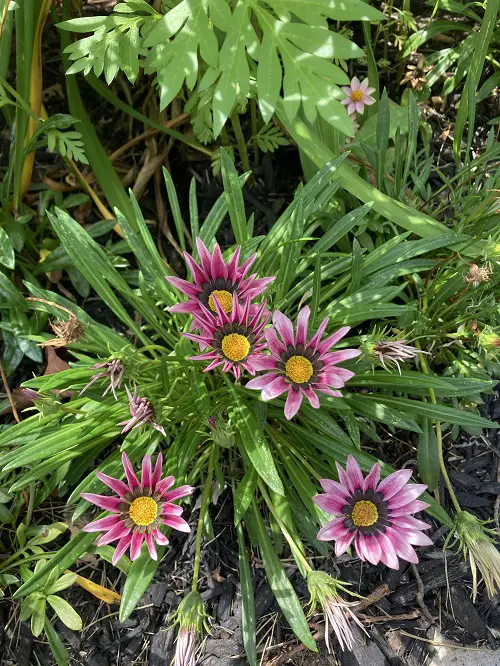
Botanical Name: Gazania rigens
Gazanias share their flower shape, bold colors, and compact growth habit with zinnias. Despite their similarity, what sets them apart is their unique ability to close at night and in cloudy weather. Once established, you will have to give them minimal water, making them a low-maintenance option.



Especially I wonder Anemone coronaria. This is very hard plant for growing in your garden ;(